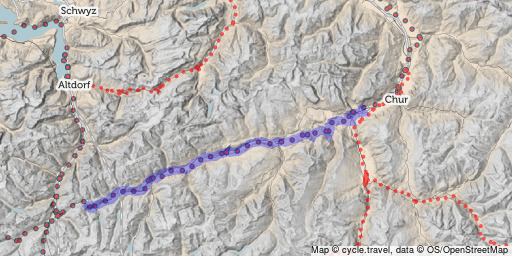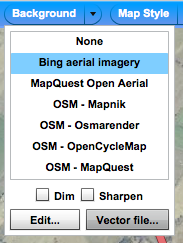Fix a Forest - experimental tiles from US Forest Service data
Posted by Richard on 11 November 2014 in English.
I’ve created a set of tiles from US Forest Service road data for the 155 US National Forests.
This is to help with TIGER fixup in these rural areas, where tracks, trails and entirely non-existent paths are often tagged with a bare “highway=residential”. The US Forest Service data is greatly superior to the original TIGER data and has metadata on surface type/quality, but is unsuitable for automatic import into OSM because it would overwrite mappers’ existing work in these areas.
You can access the tiles at:
- Potlatch 2/JOSM - http://osm.cycle.travel/forest/{zoom}/{x}/{y}.png
- iD - http://osm.cycle.travel/forest/{z}/{x}/{y}.png
and they’re included in the editor-imagery-index list used by P2, iD and Vespucci. The tiles are available up to z19. Use of Potlatch 2’s new floating imagery window mode is recommended, so that you can work from both Bing imagery and these tiles at the same time.







